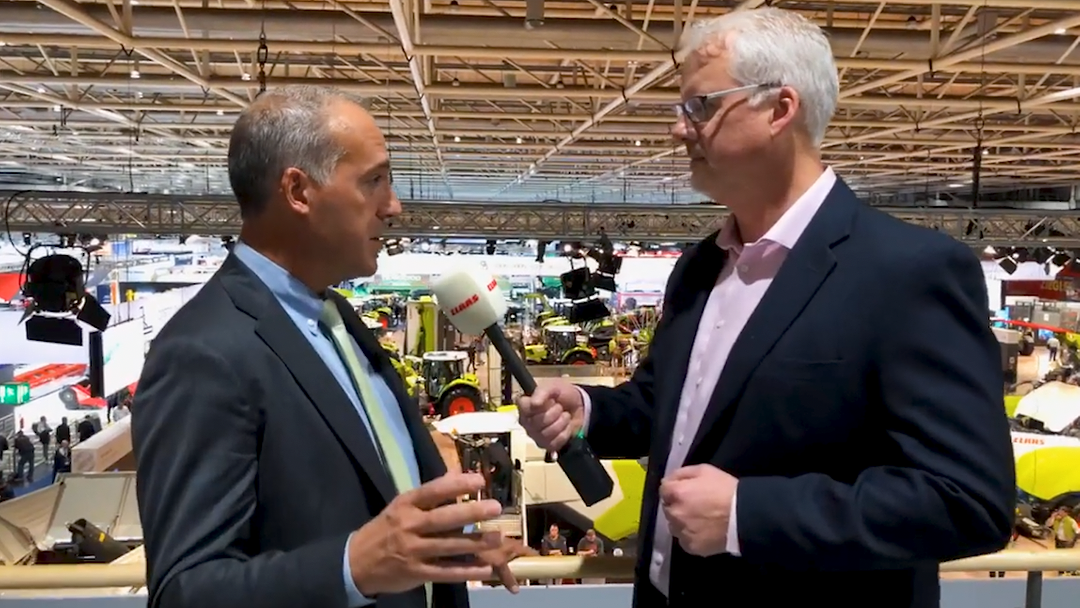Five years ago this week, during Agritechnica 2019 in Hanover, Germany, Claas Senior Vice President-Americas, Eric Raby, talked at length with Ag Equipment Intelligence. At that time, Raby projected the company would double its revenue over the next 5 years.
To find out how that plan worked out, on the 5-year anniversary of that in-depth discussion, AEI reconnected with Raby for a deep dive discussion on what’s happened since. Here’s a condensed version of that executive conversation on a range of topics — from big results to rooftops, coping during COVID to the dynamics of its dealer distribution network.
Five years later, Raby reports that not only did Claas double its business but it did it more quickly than it anticipated, hitting the goal in 4 years. Just months later, the COVID-19 pandemic hit, adding a new challenge.
"It was certainly a challenge for everyone. But the demand was really there. And I would say one of the great things, even as far away as we are from some of the production sites that we had, not all, combines were right in our back back door. But we were, prioritizing North America as a growth opportunity for the Claas group."
"And we did everything possible to make sure that we had as uninterrupted a supply chain as possible. Yeah, we did have some delays here and there, but none were extraordinary that we couldn't workaround by using, a trade-in machine or helping a dealer out, however we needed to. But one thing that really, I was quite proud of is our combine production facility in Omaha."
"We shipped 100% of every combine that was ordered before the end of that fiscal year. So that was really, I would, say a testament to, not only everyone buying into, hey, we can do this, but even in the face of Covid, I don't think we missed but maybe one and a half days of production during Covid."
"And I think just the first day was when we had to shut down, and we're like, okay, what do we do? And the other half day was when we had our first positive case and we said, oh, what do we do now? And we went in and extraordinarily cleaned everything and those type things. But then after a while, we kind of got the hang of it."
"We segregated, different parts of the business, did our social distancing, all that. But every day the same people came in, built the same high quality combines. And it was really good. If you can build combines under those conditions, you can build combines about anytime, anywhere."
Watch the full version of this episode of On The Record







